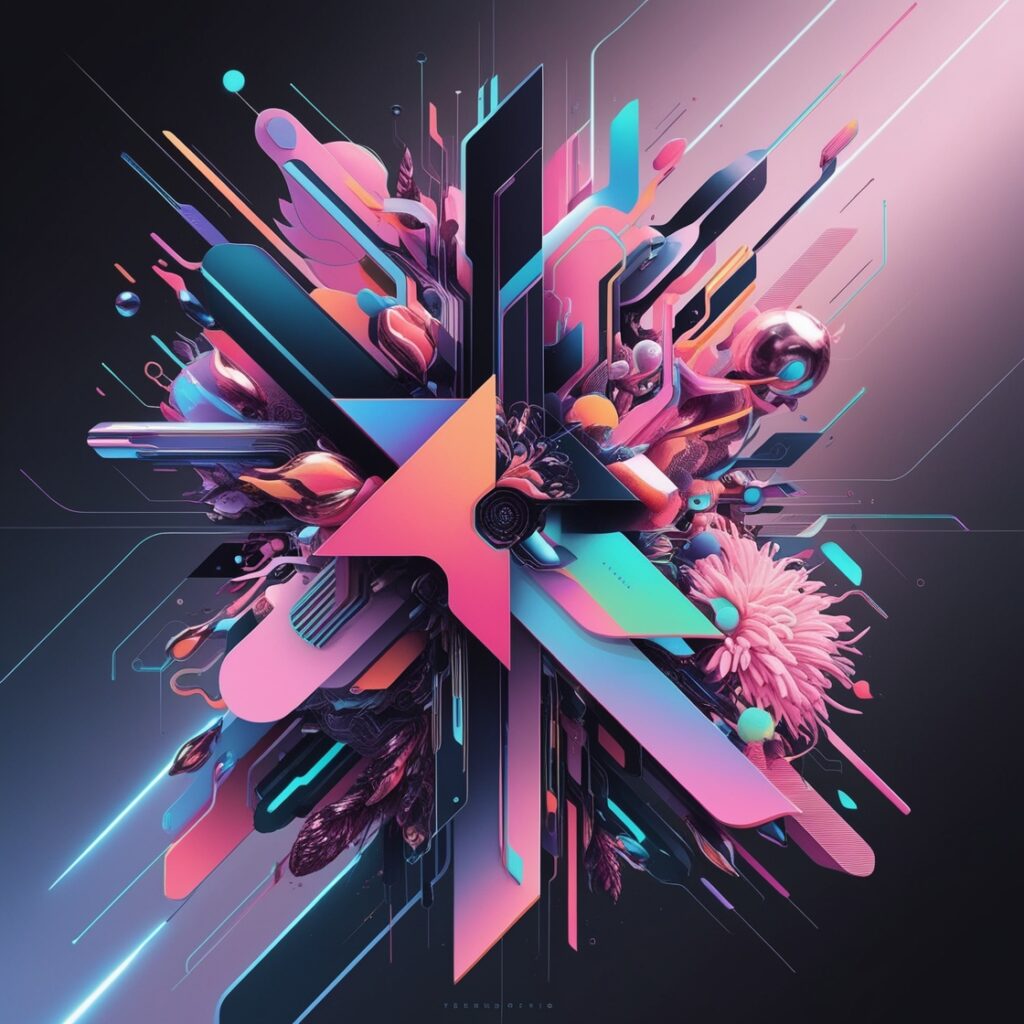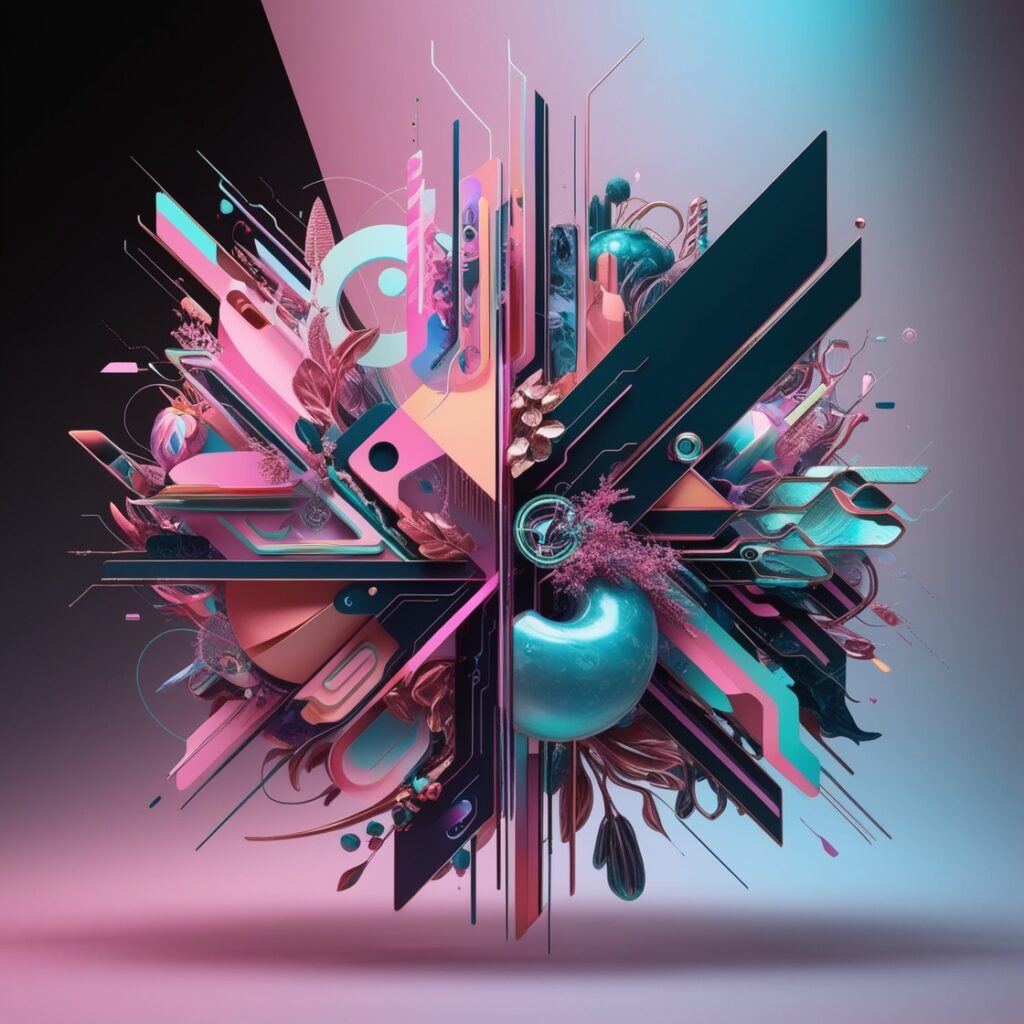Creating stunning artwork no longer requires traditional skills with brushes or digital drawing pads. Thanks to advancements in artificial intelligence, anyone can learn how to create AI-generated art without coding. These tools democratize creativity, enabling beginners and professionals alike to produce incredible visuals with just a few clicks.
In this guide, we’ll explore step-by-step how to get started with AI-generated art, the tools to use, and tips for creating breathtaking designs.
Why Create AI-Generated Art?
AI-generated art offers endless possibilities for creativity and convenience:
• Time Efficiency: Generate art in minutes, ideal for quick projects.
• Diverse Styles: Experiment with various artistic techniques and styles.
• No Coding Needed: Intuitive tools make art creation accessible to everyone.
• Affordable Creativity: Avoid the cost of hiring professional artists.
Popular Use Cases for AI-Generated Art
1. Graphic Design: Create logos, banners, and website visuals.
2. Social Media Content: Generate eye-catching images for posts and ads.
3. Custom Merchandise: Design t-shirts, mugs, or posters.
4. NFT Art: Create and sell unique digital assets.
5. Interior Decor: Generate art pieces for personal or commercial spaces.
Step-by-Step Guide to Create AI-Generated Art Without Coding
Step 1: Choose an AI Art Generator
There are numerous AI tools available for generating art. Here are some of the best:
• DALL·E 2: A powerful tool by OpenAI that creates images from text prompts.
• DeepArt: Focuses on applying artistic styles to photos.
• Runway ML: A versatile platform for image and video generation.
• Artbreeder: Specializes in creating and morphing portraits.
• Canva AI Art: Integrates AI-generated art into its user-friendly design platform.
Step 2: Define Your Vision
Determine what kind of art you want to create. Some examples:
• Abstract Designs: For modern or creative applications.
• Realistic Portraits: Ideal for character creation or storytelling.
• Themed Art: Use specific prompts for seasonal or niche designs.
Write a detailed description for text-to-image tools. For instance:
• “A futuristic cityscape with flying cars under a purple sunset.”
Step 3: Experiment with Prompts and Styles
AI art generators rely heavily on prompts. To get the best results:
• Be descriptive: Include colors, styles, and elements.
• Specify the art style: e.g., surrealism, realism, or watercolor.
• Try variations: Adjust prompts and settings to refine results.
Step 4: Refine Your Artwork
Once the AI generates an image, you can fine-tune it:
• Use editing tools within the platform to adjust colors, textures, or details.
• Enhance resolution with tools like Let’s Enhance or Upscale.media.
• Combine AI-generated elements with traditional design tools like Photoshop for a polished final product.
Step 5: Save and Use Your Artwork
Export your art in the desired format (JPEG, PNG, etc.). Apply it across various projects, whether for:
• Personal creative endeavors.
• Commercial use.
• Sharing on social platforms or portfolios.
Tips for Creating AI-Generated Art Without Coding
1. Explore Multiple Platforms: Each AI tool has unique features. Experiment to find your favorite.
2. Iterate and Improve: Generate several variations before selecting the final piece.
3. Stay Ethical: Avoid using copyrighted references or passing off AI art as handmade.
4. Blend AI and Human Creativity: Use AI as a starting point and add personal touches.
Best Free AI Art Generators
For those starting without a budget, try these free tools:
• Craiyon (formerly DALL·E Mini): Generate art from text for free.
• NightCafe: Offers free daily credits for generating AI art.
• Deep Dream Generator: Create dreamy, surreal images easily.
• Fotor: Beginner-friendly and free for quick designs.
Challenges in AI-Generated Art
• Lack of Uniqueness: Some styles may feel overused.
• Limited Customization: Pre-trained models might not align perfectly with your vision.
• Learning Curve: Crafting effective prompts takes practice.
• Copyright Issues: Ensure your artwork doesn’t infringe on intellectual property.
The Future of AI-Generated Art
AI art is continuously evolving, enabling:
• Dynamic Creations: Animated or interactive art pieces.
• Collaboration Tools: Combining multiple AI tools for unique results.
• Higher Quality: Improved resolution and realism in generated art.

Conclusion
Learning how to create AI-generated art without coding is an exciting way to explore creativity with minimal effort. With accessible tools, anyone can design unique visuals for personal or professional use. Start experimenting with different platforms, refine your prompts, and let AI turn your ideas into stunning works of art.
Unlock your artistic potential today—your next masterpiece is just a few clicks away!
For more contents like this keep learning on getsetbuild.com.




lkjdretlvssss http://www.yandex.ru
This post is an excellent example of thoughtful and well-organized writing.
Your point of view caught my eye and was very interesting. Thanks. I have a question for you. https://accounts.binance.info/en/register?ref=JHQQKNKN